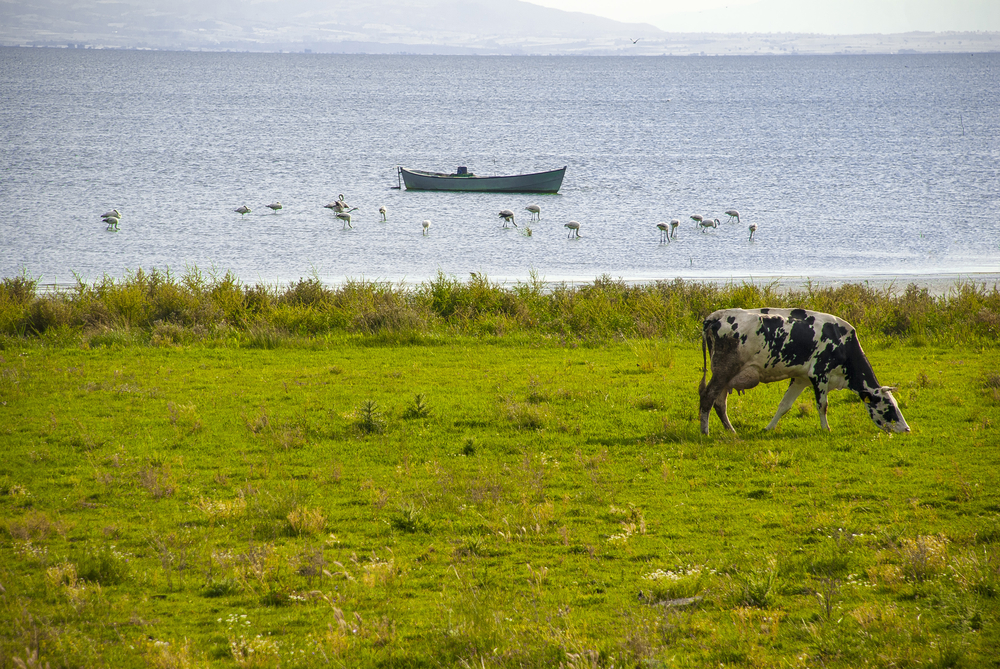Lake Beyşehir Overview
Lake Beyşehir National Park, known locally as Beyşehir Gölü Millî Parkı, is a vast and naturally rich protected area located in the Konya Province of central Turkey.
Encompassing approximately 228 square miles, or about 590 square kilometers, the park surrounds Lake Beyşehir, the country’s largest freshwater lake entirely within national borders. Situated at an altitude of 1,100 meters, the park offers a diverse landscape shaped by the Taurus Mountains to the south and wide open plains to the north.
The lake itself, covering nearly 650 square kilometers, features a rugged shoreline dotted with small islands, wetlands, and beaches, while the surrounding land includes forests, limestone ridges, and fertile valleys. This harmonious blend of water, mountain, and steppe ecosystems makes Lake Beyşehir National Park both visually striking and ecologically significant.
Vegetation across the park varies from aquatic reeds and wetland plants along the lake’s edge to dense juniper, cedar, and pine forests climbing the slopes of the surrounding mountains. The transition zones support wildflowers, grasses, and herbaceous plants that change with the seasons, offering brilliant spring blooms and golden hues in autumn.
Some of the forests, especially those on Anamas and Sultan Mountains within the park’s southern edges, include old-growth cedar stands that are crucial to the area’s ecological health. The combination of fresh water and diverse plant life provides an ideal habitat for a wide range of species.
Wildlife is abundant in Lake Beyşehir National Park, particularly around the lake and in the woodlands. The park is an important nesting and feeding area for over 150 bird species, including grey herons, white storks, ruddy shelducks, and various species of terns, ducks, and waders.
Birds of prey, such as eagles and hawks, are also commonly seen, especially in the higher elevations. Mammals found in the park include wild boars, foxes, hares, and occasionally wolves. The lake supports native fish species, including carp and trout, and amphibians are plentiful in the wetlands. The rich birdlife and aquatic ecosystems make the park a prime location for birdwatching and ecological research.
Popular features of the park include its beaches and picnic areas, scenic viewpoints, and small islands that dot the lake’s surface. The park’s recreational areas attract visitors for swimming, boating, and fishing, while trails in the surrounding hills and forests offer panoramic views of the lake and distant mountain ridges.
Eşrefoğlu Mosque and other nearby cultural landmarks in Beyşehir town add historical depth to a nature-focused visit. Sunset over the lake is considered one of the most beautiful sights in the region, drawing photographers and travelers alike.
Visitors engage with the park through activities such as boating, swimming, hiking, picnicking, birdwatching, and cycling. Designated paths and rest areas help guide tourism while preserving sensitive habitats.
The park’s accessibility from Konya and other Anatolian cities makes it a convenient yet immersive nature destination. Educational signage and seasonal events help raise awareness of the park’s environmental value and biodiversity.
Conservation efforts in Lake Beyşehir National Park have focused on protecting the water quality of the lake, managing fishing activities, and preserving bird habitats. Challenges include agricultural runoff, water extraction for irrigation, and human encroachment on wetlands.
However, cooperation between local authorities and environmental organizations has led to improvements in monitoring and sustainable management practices. The park continues to serve as a model for balancing recreational use with the protection of vital freshwater and forest ecosystems.
Park Map
Lake Beyşehir National Park Highlights
Share your clicks with us
Related National Parks More Turkey
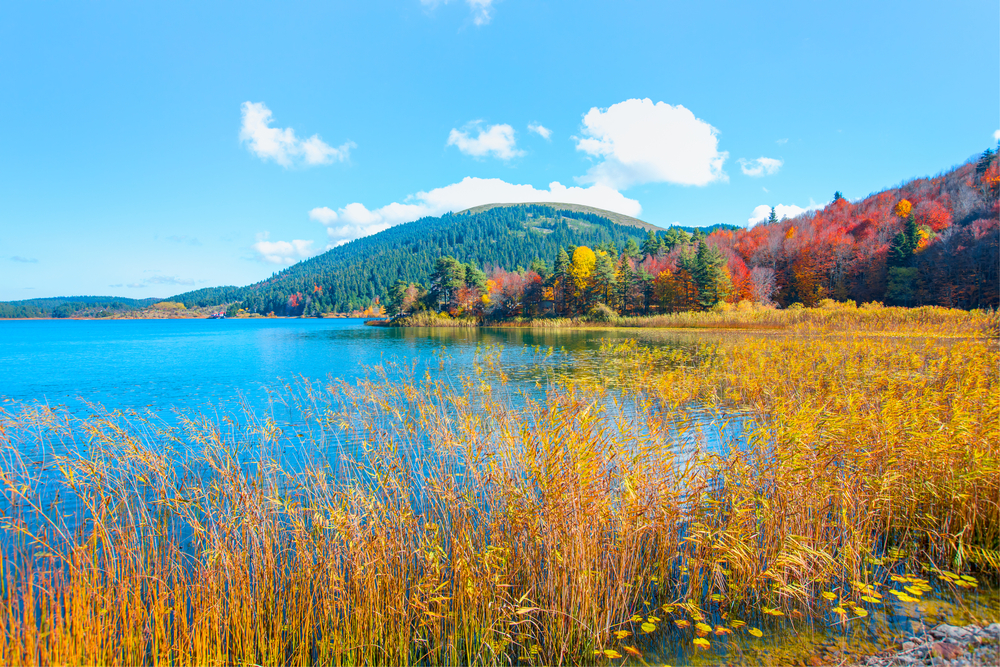
Lake Abant National Park

Köprülü Canyon National Park
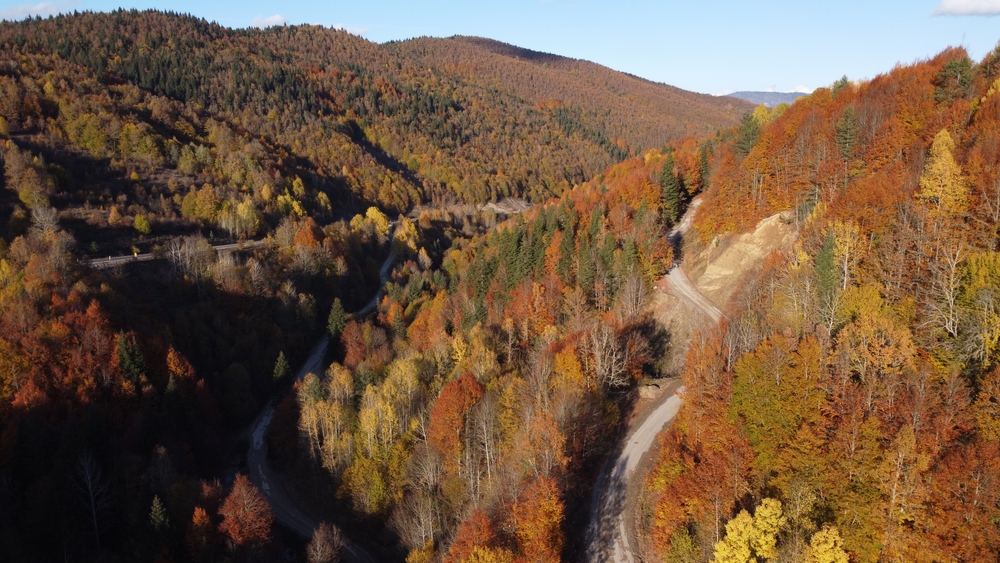
Küre Mountains National Park
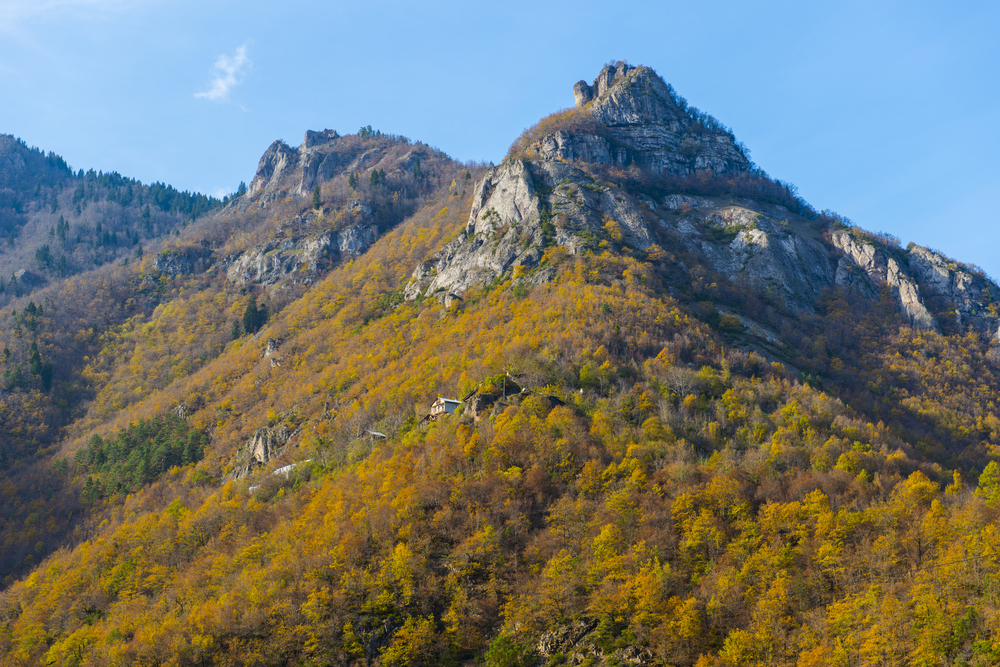
Hatila Valley National Park

Altindere Valley National Park

Beydağları Coastal National Park
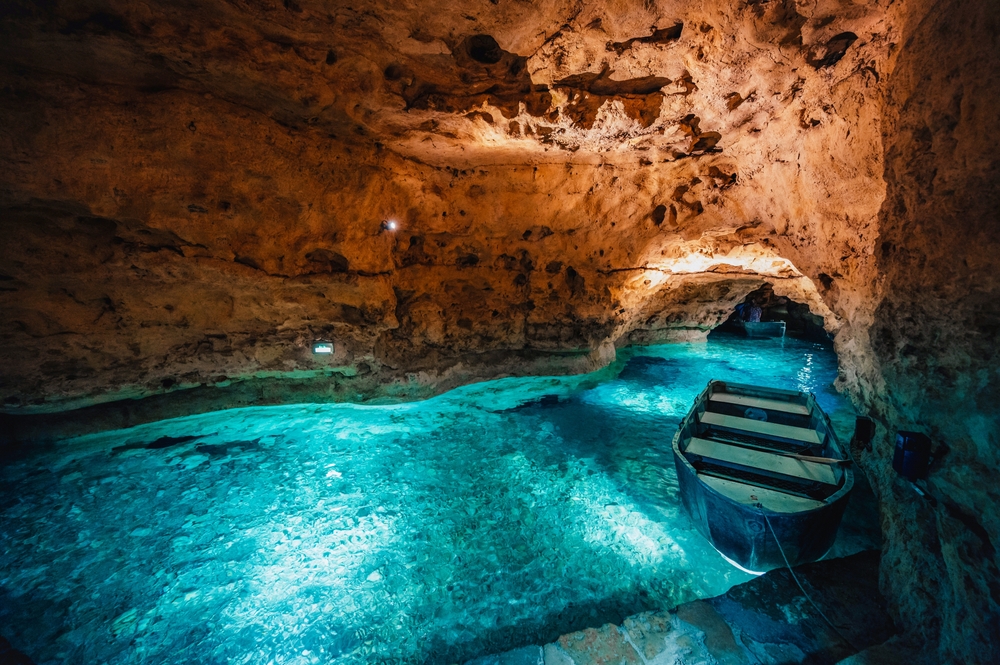
Derebucak Çamlık Caves National Park
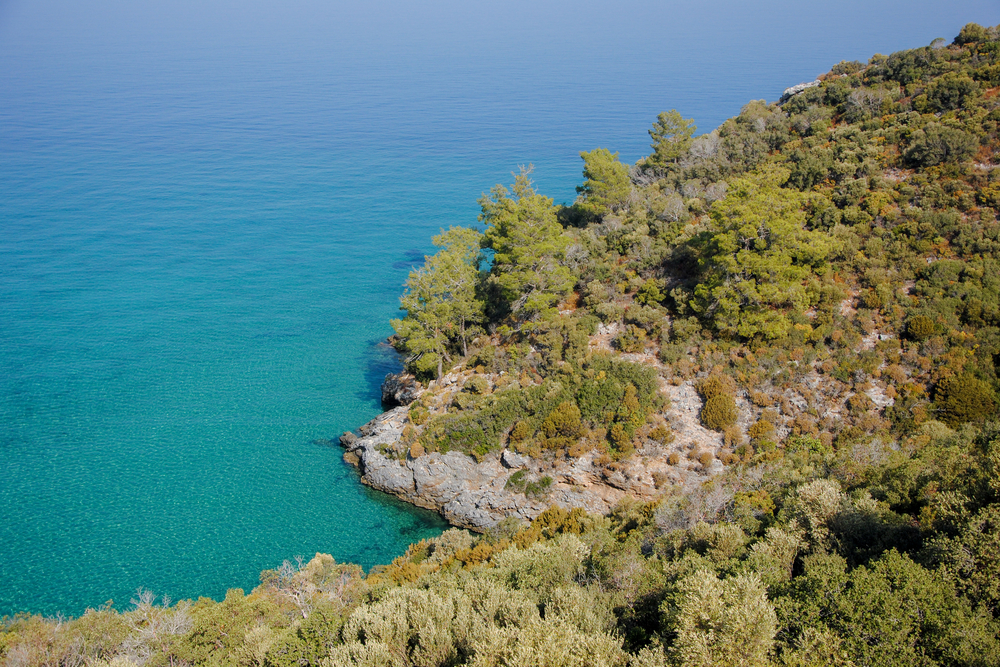
Dilek Peninsula–Büyük Menderes Delta National Park
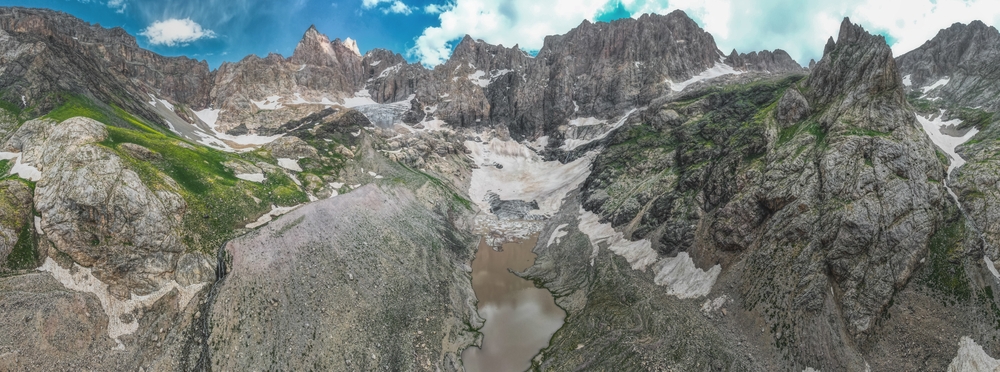
Hakkâri Cilo-Sat Mountains National Park
